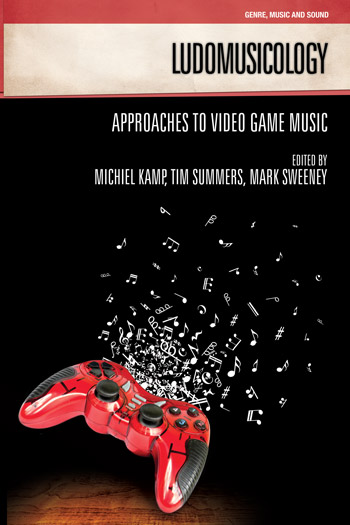"Listening" through Digital Interaction in Björk’s 'Biophilia'
Ludomusicology - Approaches to Video Game Music - Michiel Kamp
Samantha Blickhan [+]
Royal Holloway
Description
Within the past five years, technology has brought the popular music album into a new realm of possibility. What was once a purely auditory experience is now able to stimulate other senses, such as touch and sight, and can offer a physically, visually, and mentally engaging experience to the consumer. In this chapter, I examine Björk’s album Biophilia (2011), released both as a traditional recorded album and as an interactive multimedia project available for use on the iPad and iPhone. The interactive nature of Biophilia is in many ways comparable to a video game, allowing users to make choices that affect the music being heard during use. This drastic change to the format of the music album demands a response to the question: how does an interactive relationship affect the way we listen to music? This chapter uses the song ‘Solstice’ as a case study. The song’s iPad presentation is examined and the analysis shows how user actions affect the way in which the consumer may hear and engage with the song. Through this discussion I will consider how offering users choices is part of what makes Biophilia game-like, but also how the structure of the app and the results of use may disqualify the album from truly being considered a video game. Due to the ambiguous presentation of player agency in the interactive versions of the Biophilia songs, the line between game play and music play can at times become blurred. It is important to discuss this ambiguity of intent in order to more clearly understand the possible results users can achieve. It can be argued that a directly interactive experience with a piece of music allows the listener to become invested in that music through personal choices, resulting in a wholly different experience than simply listening to an album of music. By recognizing their own presence within a song as a collaborator, the listener engages the music on a strongly personal level, but do the varying results of interaction cause Björk’s own recorded ‘fixed’ version of each song to somehow matter less? This chapter will endeavour to facilitate discussion about where the line between creation and interpretation should (or even can?) be drawn, and the possible challenges of presenting the manipulation of an original piece of musical art as a game.






